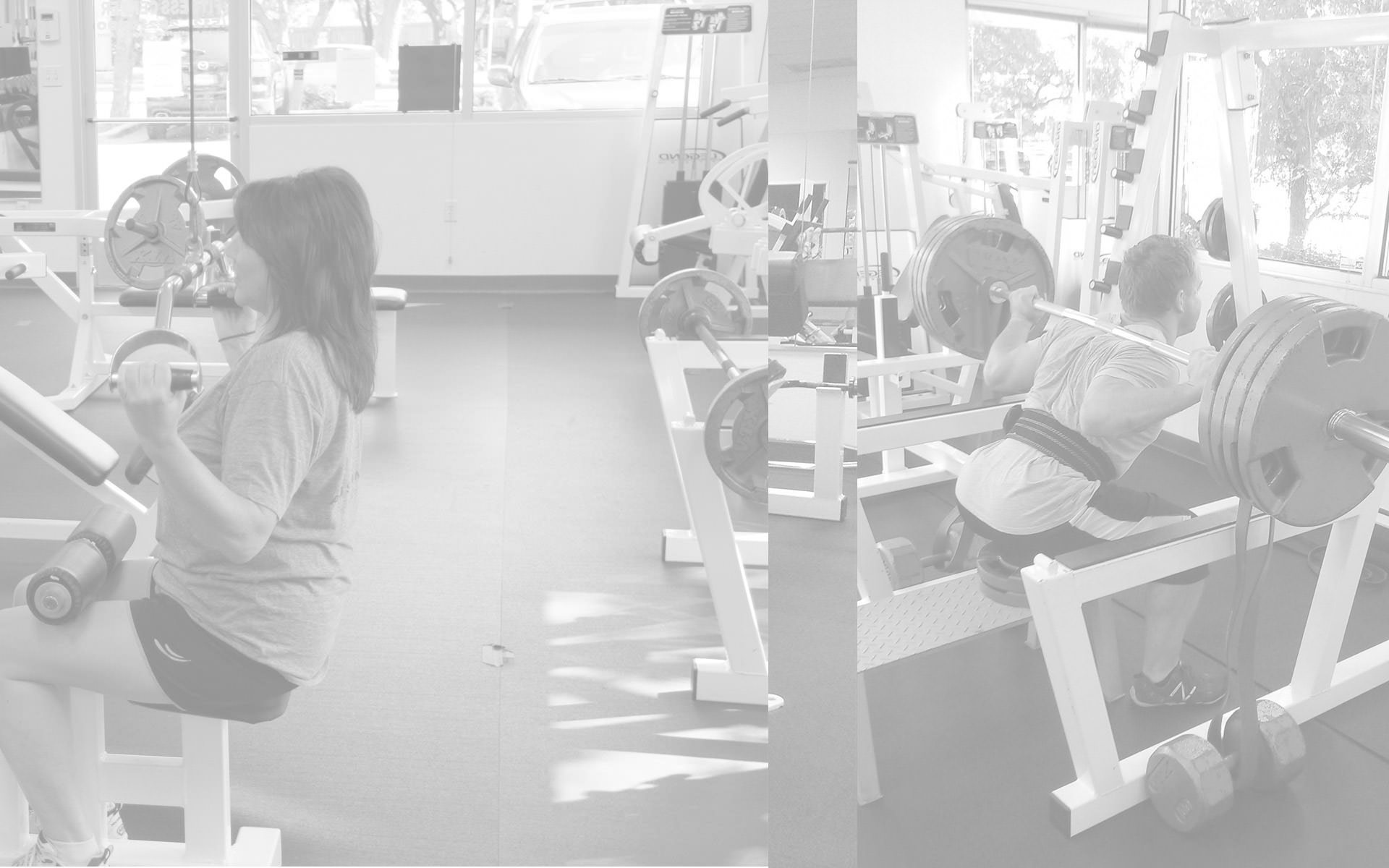As a longtime personal trainer in Austin, I realized a long time ago that simply telling people how to exercise or eat correctly, was going to be greatly insufficient if I was to guarantee results, which I do. As I stress during in person meetings such as sessions, or personal training consultations, as well as in my many writings on this site, as well as on other’s, is that a very personal approach is needed for personal training. While that sounds like a very obvious statement, it isn’t as obvious as one would think as there is an abundance of formulas spanning everything from exercise, supplementation, and nutrition. One huge part of my business as an Austin personal trainer, is recognizing people’s imbalances and repairing them. If I was unable to do so, I would be relegated to be the stereotypical, what I call impersonal trainer, and I would simply have the client exercise in pursuit of their goals while obliviously exacerbating whatever their imbalance is. That’s hardly a great deal or what the client signed up for, so therefore, 20 plus years ago, I set out to learn more, and subsequently be able to do more, than the stereotypical personal trainer. With that said, a typical client that I see is atypical of what most personal trainers will see. I attract a lot of cases where there is post injury, or repetitive stress induced immobility, injury, inflammation, etc, which causes a shortening of movement which further results in more imbalances, and the lack of the client’s ability to be as ambulatory and functional as they were previously. One very common thing I see is people with tight shoulders, amongst other things. It’s immediately recognizable as one shoulder will be elevated more than the other. So, how do you go about fixing tight shoulders, and how do they get that way in the first place?
Fixing tight shoulders, like anything, requires a non formulaic approach since there are different causes for each imbalance. The first thing we have to ascertain after we’ve recognized the problem, is why exactly is there an imbalance? Is it caused by repetitive stress such as continually sleeping on that side? Is it because they spend a lot of time typing in a poor ergonomic position? Do they carry a baby or a heavy purse on that side? What about the positioning of their hands on the steering wheel as they drive? All these, along with plenty of other questions need to be asked. Some folks, naturally, have had an injury to the surrounding area, such as a labral tear or a tear in their supraspinatus, for example. That will require a different approach. Oftentimes, however, an elevated shoulder is a result of people carrying their stress and anxieties there. Some people grind their teeth, some wring their hands, some furrow their brows, and still some raise their shoulders. There’s plenty of reasons for having tight shoulders, so it stands to reason that we would have to know the cause(s) in order to prevent the repetitive behavior and/or work through a measure of physical therapy beforehand, to ensure a lasting result before we go about fixing tight shoulders, or anything else, for that matter.
Assuming, for the sake of simplicity, that we have a fictional client who has tasked us with fixing tight shoulders which were brought on by her emotional stress, and the repetitive stress of her computer programming job, which obviously, requires an enormous amount of typing. The first thing I do with clients like the aforementioned example, is to figure out the extent of the imbalance. Like any imbalance, injury, or tightness, there are varying degrees. If she is so tight, and has been for an extended amount of time, it’s more than likely there will be tightness and possible inflammation in her pectoral minor region, anterior deltoids, infraspinatus, supraspinatus, posterior deltoids, and both the teres major, as well as the teres minor. The infraspinatus, which if tight enough, will impinge the radial nerve, thus causing discomfort in the arm. It also may not be as dramatic as all that. I never know until I’ve had a chance to see it firsthand. Fixing tight shoulders in the simplest of cases can be simply a matter of releasing tight levator scapulae muscles and perhaps doing a little myofacial release work on the trapezius muscles.
Fixing tight shoulders is one thing, but keeping them at their proper length is another. We have to be sure the client is able to not repeat whatever behavior is causing the problem, if it is a repetitive stress injury or imbalance. If it’s a case of a prior injury to the area that has caused the tightness and imbalance, then we have to be sure we have remedied the situation before post therapeutic care can begin. This entails making sure proper healing has taken place, any resulting inflammation is gone, and that the affected areas have been returned to their proper lengths and tensions. Once this has been completed, homework, so to speak, will begin.
Fixing tight shoulders post physical therapy is usually comprised of a series of stretches and oftentimes it is coupled with the laying on a lacrosse ball, or a similar device in order to generate some myofacial release, if needed. After that stage has been completed, we can set about strengthening the affected area(s) in order to restore full functionality and mobility. What is needed, of course, is solely going to depend upon what we find upon examination, and that’s how we remedy the problem, as opposed to simply throwing a generic formula at it and hoping for the best.





